So I was reading about soil and all the weird stuff related to it when I came across a scholarly article on Earthworm castings and Pest Control. Thing is, this wasn't a normal article, this was a patent on a process. I just can't imagine patenting a process as simple as top dressing with Earthworm Castings or spraying the leaves with it. But that's what this Article is.... it's on Google, Check it out: http://goo.gl/7Jyctj
Background on worm casting use from the abstract:
1. Worm castings have been known as being very beneficial
to promote plant growth for more than 100 years but they
have not been known to be effective for insect pest repellency
applications. Research by Ohio State University testing for
the recommended application rate of Worm castings for
highest growth improvement recommended a 10%—20%
mix. The rule given by Ohio State University to achieve
these percentages was that a 1/2 inch layer Worked into the
soil Will provide a 10% ratio and a 1-inch layer Worked into
the soil Will provide a 20% ratio.
2. US. Pat. No. 6,245,551 to SusloW describes a method of
treating or protecting plants, fruit and roots from fungal
infections comprising the step of applying an effective
amount of an antibiotic-producing bacillus.
(Blog Article DIY LactoBacillus)
Tests performed Suslow showed a systemic entrance of the
chitinase producing organisms When these Were applied to
the soil around the plants. Suslow did not disclose the
use of chitinase as an insect repellant.
3. An article by Linda McGraw, New Plants Put a Hurt 0n
Pests, published Feb. 18, 1999, describes the genetic engi
neering of tobacco plants by the injection of artifcially
produced chitinase. Plant material then consumed by insects
causes the chitin of the insect to break down, making such
insect subject to disease by microorganisms. The McGraw
article did not describe the use of chitinase as an insect
repellent.
4. Worm Castings and Insects:
Hibiscus leaves that Were covered in White fly cocoons
Were tested and found to have a level of chitinase at 300,000
CFU/gdW. The White fly infested hibiscus plants Were
treated With Worm castings. Worm castings Were applied in
a 1/2 inch layer from the bases, or stems, to drip line 40.
In about 2 months all White fly residue and cocoons
Were gone. White flies from neighboring plants, Which had
not been treated, Would fly around the treated leaves but not
land on these leaves. Other plants, including trees, have been
tested to determine if the use of Worm castings is effective
to repel spider mites, aphids, bark beetles, psylids, and other
insects. Worm castings are disposed about the periphery of
trees in the feeder Zone. With Worm castings in the feeder
Zone of a plant or tree, effective repellency has been seen in
such plants and tree against various insects. Spider mites Will
leave a plant in about two Weeks. Aphids Will leave in about
six Weeks. Bark beetles Will leave trees after several months.
The time period for the insects to leave a plant appears
dependent on the size of the plant.
Ants leave their nests Within 24 hours and do not return
for some period of time. The exact length of time for
abandonment must be tested and Will no doubt be dependent
on other environmental conditions. Ants Will not cross a
layer of Worm castings 50 for about two Weeks, and then Will
gingerly begin to cross. If the top layer of Worm castings
is raked, then the ants Will again refuse to cross. Using Worm
castings in all soil areas around a home appears to repel the
ants for many months. The exact time Will need to be tested
and Will no doubt be dependent on other environmental
conditions. The repellency effect for pest insects takes a
period of time to begin, once the level of chitinase has been
increased to repellency level, the insects leave the plant.
The level of the chitinase producing microorganisms for
effective repellency is in the range of 1 million CFU/gdW.
Worm castings Were tested to determine the level of the
chitinase enZyme production. Tests of Worm castings show
concentrations of chitinase producing microorganisms in the
range of 54 million CFU/gdW. This is concentration is over
50 times the estimated level required for repellency. The
chitinase-producing organisms in the Worm castings con
sisted of five bacteria, four fungi, and five actinomycetes.
The leaves from the treated hibiscus Were tested for chiti
nase four months after the initial application of Worm
castings. This test revealed that the level of chitinase pro
ducing organisms had increased to 670 million CFU/gdW.
The chitinase producing organisms found in the leaves Were
two bacteria that Were not any of the five found in the Worm
castings. This indicates that some trigger element in the
Worm castings activates multiplication of the organisms that
produce the enzyme chitinase.
Basically, it says that earthworm castings are awesome and that the naturally occurring chitin in the worm castings can deal some nice defensive bug strategies. Instead of falling for expensive products in the future that claim they contain Chitin... You'll be laughing the whole time. You'll think to yourself, I have Crustacean meal, worm castings and dying bugs as free sources in my soil, guess I don't require that product!
The other thing to remember is that another important aspect is the Chitinase produced the availability of chitin to eat in the area. This Chitinase is a naturally occurring side effect of Crustacean Meal and Worm castings and also from the decaying exoskeletons of dead bugs. By Taking advantage of having the crustacean meal in your soil to begin with along with a 1" layer of earthworm castings on the top, you are clearly making a stand that the bugs will not like!
Please ask any questions you have right here on the blog or email me direct using Jeremy@BuildASoil.com
Don't Forget to sign up for our Newsletter below if you like content like this.

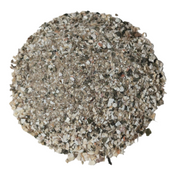
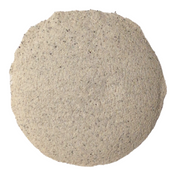

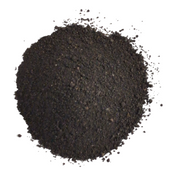


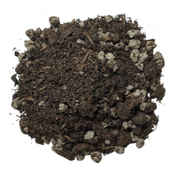
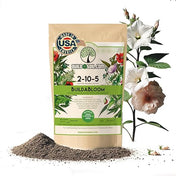
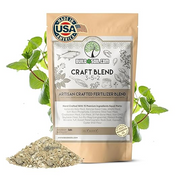
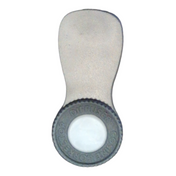
1 comment
How can it be used to stop pine beetle infestations?
We are having problems in the Black Hills of South Dakota
Thanks,
Tom